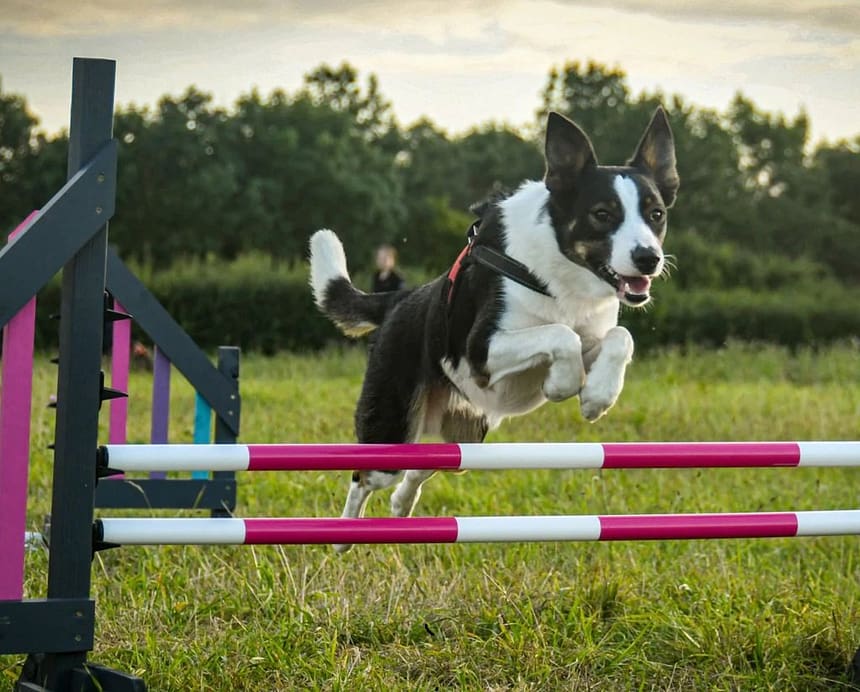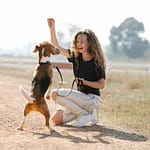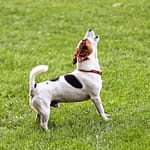Contents
Preparing for Agility Competitions: A Roadmap to Success
Participating in agility competitions is an exciting milestone in your agility training journey. In this section, we’ll guide you through the steps to prepare for agility competitions, from selecting the right events to ensuring your dog is competition-ready.
Local Competitions and Events
- Research Local Clubs: Find agility clubs or organizations in your area that host competitions. Joining these clubs can provide access to valuable resources and support.
- Event Selection: Start with local, low-pressure events to gain experience. Look for “fun matches” or non-competitive agility events where you can practice in a less formal setting.
- Event Rules: Familiarize yourself with the specific rules and requirements of the agility events you plan to participate in. Different organizations may have slightly different rules and scoring systems.
Rules and Scoring
- Study Rulebooks: Obtain and thoroughly study the rulebooks of the agility organizations you’ll be competing with. Understanding the rules is crucial for successful participation.
- Scoring Systems: Learn how scoring works, including faults, time penalties, and qualifications. This knowledge will help you strategize during runs.
- Course Maps: Review course maps, which outline the sequence of obstacles. Practice running similar courses to improve your handling skills.
Mental and Physical Conditioning
- Mental Preparation: Agility competitions can be nerve-wracking. Develop mental strategies to stay focused, confident, and calm during runs.
- Physical Fitness: Ensure your dog is physically fit and in good health. Regular exercise, a balanced diet, and conditioning exercises specific to agility are essential.
- Warm-Up and Cool-Down: Implement warm-up and cool-down routines for your dog before and after competition runs to prevent injuries.
Training for Competition Success
- Course Simulations: Set up practice courses at home or in training facilities to mimic competition conditions. Practice running these courses to build confidence.
- Competition Atmosphere: If possible, expose your dog to the sights and sounds of a competition environment before the actual event to reduce stress.
- Handling Drills: Work on handling drills to refine your communication and teamwork with your dog. Focus on agility-specific skills such as tight turns and quick direction changes.
- Competition Simulation: Arrange mock competitions with fellow agility enthusiasts to simulate the competitive environment and gain experience.
Common Challenges and Troubleshooting
- Performance Anxiety: If either you or your dog experience anxiety during competitions, consult with a professional trainer or behaviorist for guidance on managing stress.
- Handling Errors: Analyze your performance and identify handling errors or miscommunications. Continual improvement in handling skills is essential.
- Course Strategy: Develop a course strategy that plays to your dog’s strengths and minimizes weaknesses. Be adaptable and open to changes based on course conditions.
- Post-Competition Analysis: After each competition, review your performance, identify areas for improvement, and adjust your training plan accordingly.
Participating in agility competitions can be a rewarding experience that showcases the hard work you’ve put into training. Remember that success in agility takes time and dedication, so be patient with yourself and your dog. Celebrate your achievements and use each competition as a learning opportunity to grow and improve.







